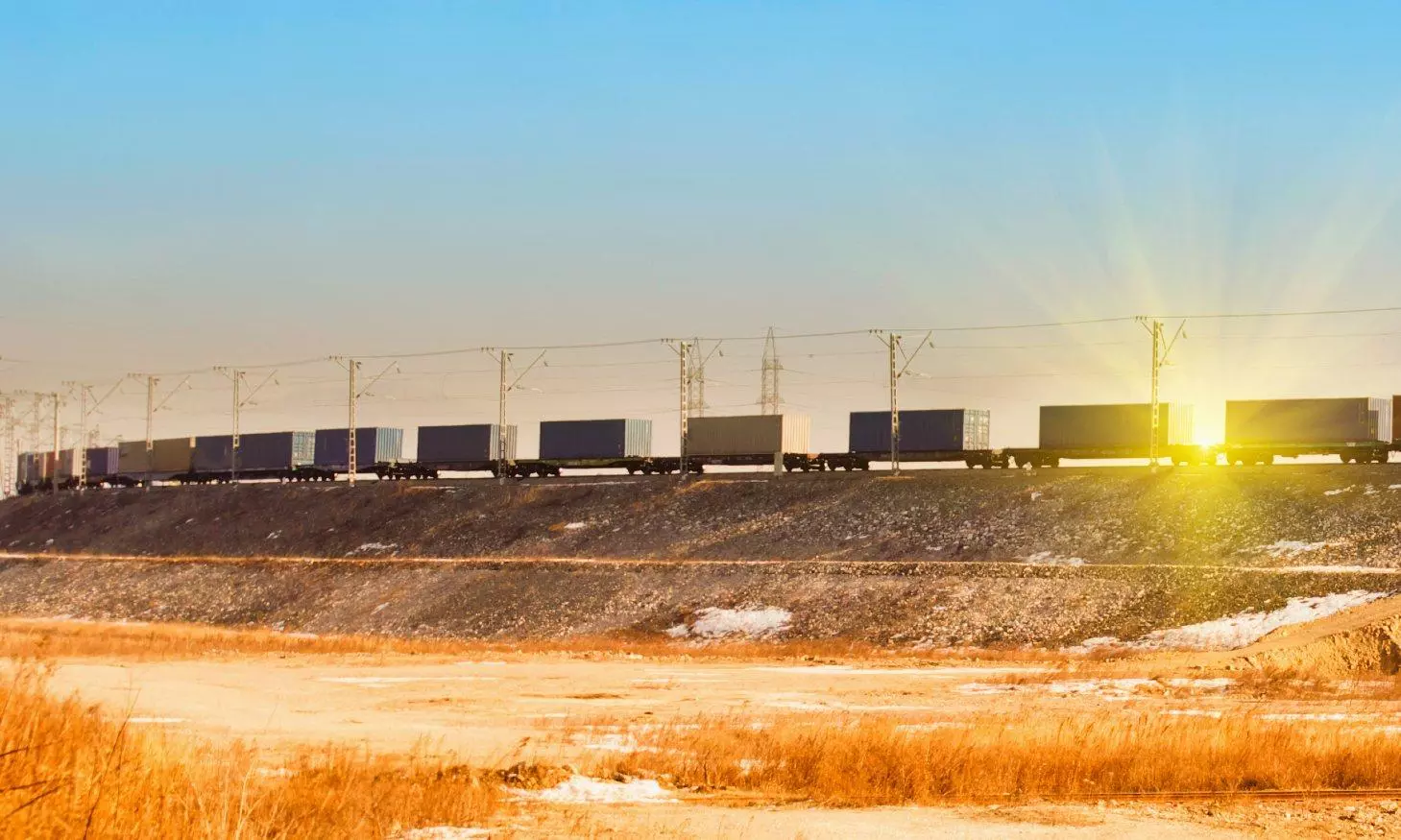IMEC corridor to reduce supply chain risk and transit time

A few weeks back India Middle East Europe Economic Corridor (IMEC) was announced in a successful G 20 event hosted by India. This corridor is expected to redefine the trade route between Europe, the Middle East and South Asia. It will be a true multimodal network connecting Mumbai to Piraeus by ocean and rail along with roads for connecting deep parts of Europe. The project shows the real collaborative approach between many countries.
IMEC corridor will start from Mumbai and connect Dubai in the first leg by ocean. From Dubai, it will connect Haifa by rail, travelling through UAE, Saudi Arabia, Jordan and Israel. From Haifa once again it will move to ocean mode and will reach Piraeus in Greece. This proposed corridor will provide an alternative to the existing ocean route to Europe, which passes through the Arabian Sea, Gulf of Aden, Red Sea, Suez Canal and the Mediterranean Sea.
As per many analysts, the proposed IMEC is a counter to China’s ambitious Belt and Road Initiative (BRI) project, but nowhere does its policy document mention BRI. BRI is a country-centric initiative with its own limitations, while IMEC is a joint initiative of many developed and developing economies with a clear objective of boosting trade and strengthening the supply chain. A project of this magnitude can have a significant impact in terms of geopolitical strategies, Global trade and supply chain. It seems to be a well-thought strategic triumph for participating nations, but we don’t have a deep understanding of geopolitics. Definitely from the supply chain point of view, it will be a growth enabler. In the IMEC corridor Mumbai – Piraeus section will have a new connectivity route and any leg post Piraeus will be similar to other trade lanes. Mumbai to Piraeus via Suez Canal is approximately 7637 km (4124 nautical miles), which takes approx. 15-16 days shipping time (considering 11 knots per hour). This route goes without any transhipment of cargo. In the IMEC scenario, this travel distance will reduce to approx. 6600 Km (Mumbai – Dubai:1335 NM; Dubai to Haifa: 2600 Km and Haifa to Piraeus: 828 NM). This route may take a voyage time of approx. 9 days considering the same cruising speed of ships and 1.5 to 2 days will be required for train connection between Dubai and Haifa. This time excludes the transhipment time for Dubai port and Haifa port, which can be considered one day in the optimal scenario (12 hours for a single transhipment in a port including placement of ship and trains). So, the time from Mumbai to Piraeus will become 10-11 days in total, saving 5-6 transit days for any container. The scenario may vary slightly in the case of bulk / non-containerised movement.
On the other hand, the IMEC route will have an impact on shipping costs as well, due to variance in ocean freight vs rail freight and two additional transhipments. The freight cost varies based on various factors like mode, distance, volume, handling requirement etc. In the absence of an absolute cost comparison between rail and ocean mode, we have referred to two different available studies from two different continents for per Km per container transport cost comparison for a long-haul route. The first source is from a research paper of the Faculty of Engineering Czech Technical University in Prague which shows a very high degree of variance in the cost of both modes.
The second reference source is an article by Maritime Executive dated Dec 2017, which also compares the per Km cost of long-distance rail vs road in the USA and Canada. Its results show that rail cost is almost 3 times higher than ocean freight. Based on both the references and a few inputs from experts, we have considered that rail freight is a minimum of 2.5 times higher than ocean freight and this assumption has been taken for cost comparison.
In the proposed route of IMEC, almost 40 percent of the distance will be travelled by rail mode. This will lead to higher freight costs in spite of the reduction in transit distance by more than 1000 Km. Based on the referred assumptions, the transport cost via proposed IMEC route will be higher by approx. 35 percent excluding the cost of transhipment at 2 points. These transhipments will also have some costs like wharfage, stevedoring etc and will further increase overall costs.
Apart from the cost factor, planned IMEC will have higher usage of rail mode compared to the existing route of Suez, whereas rail is less environment friendly in comparison with shipping. As per a study by Fraunhofer ISI and CE Delft, carbon emission in rail mode is more than in maritime shipping. On shorter hauls of inland waterways, the emission may be higher than railways. The proposed route is substituting approx. 3700 Km maritime shipping with 2600 Km of rail corridor. This means no direct reduction in carbon emission is expected from IMEC. But once rail mode uses power generated from nuclear power plants, there will be a reduction in carbon emissions and benefit to the environment.
In spite of higher logistics costs, the proposed IMEC makes a very strategic sense for the future. In immediate tangible terms, the route provides a trade-off between time and freight cost. This will lead to a faster flow of goods between Europe, the Middle East and Asia. On a larger landscape, IMEC will be providing an option to handle increasing cross-border trade volume and mitigation of risk related to the Suez Canal. So far Suez has handled a maximum of 107 ships in a day with 6.3-million-ton cargo. Global trade is growing at a fast pace and as per a study by DHL freight connections, sea freight is expected to grow more than 4 times between 2010 and 2050. With growing volumes, more challenges can be expected in the Suez Canal leading to a bottleneck situation for the supply chain. Suez also poses a risk of disruption in the global supply chain caused due to any unforeseeable blockage as happened in 2021. The cost of such blockage is exorbitant for the global supply chain. IMEC will not only provide a faster alternate route between India and Europe, but it will also open newer growth opportunities and lower supply chain risk.
This article was originally published in the Indian Transport & Logistics News Nov-Dec 2023 issue.

Vikash Khatri
Vikash Khatri is the founder of the logistics & supply chain advisory and execution support firm Aviral Consulting


